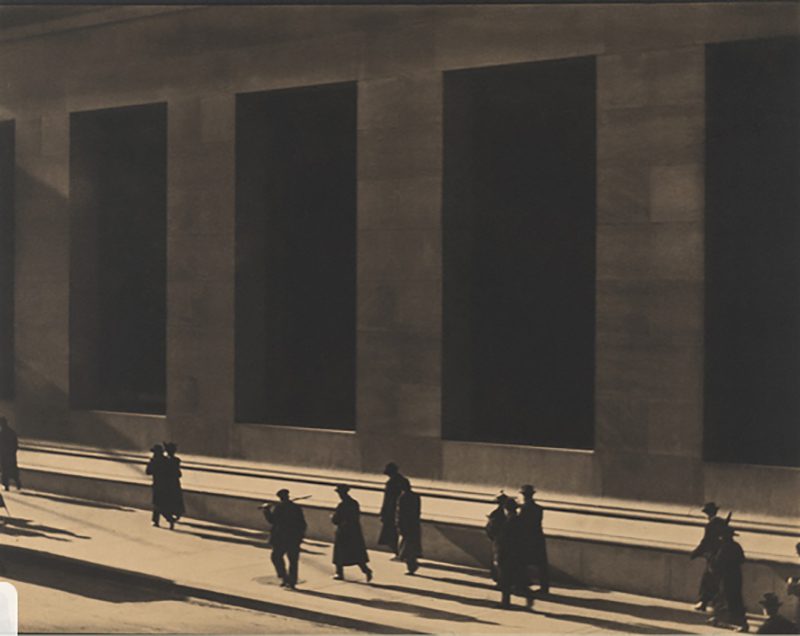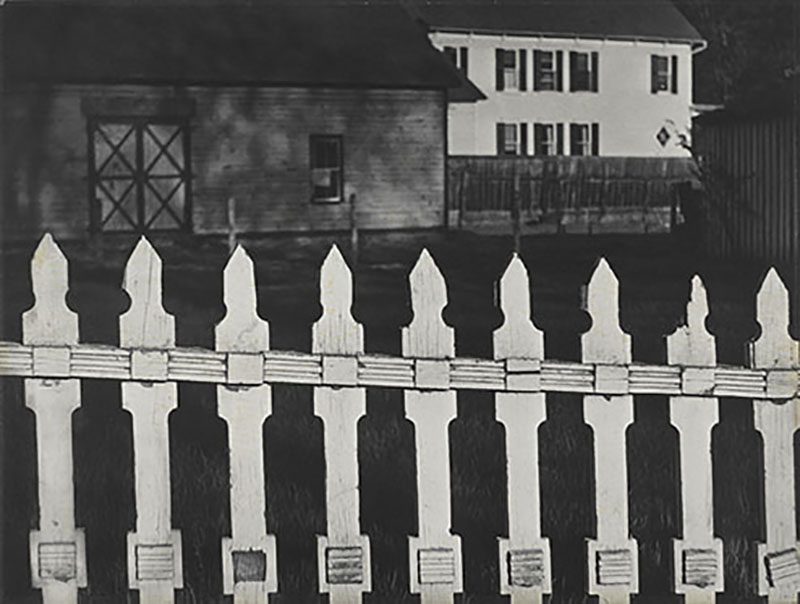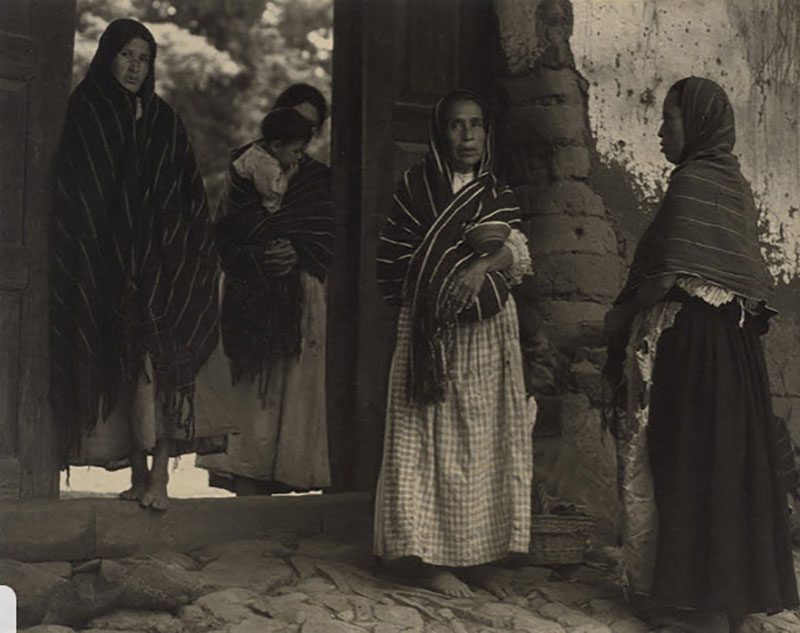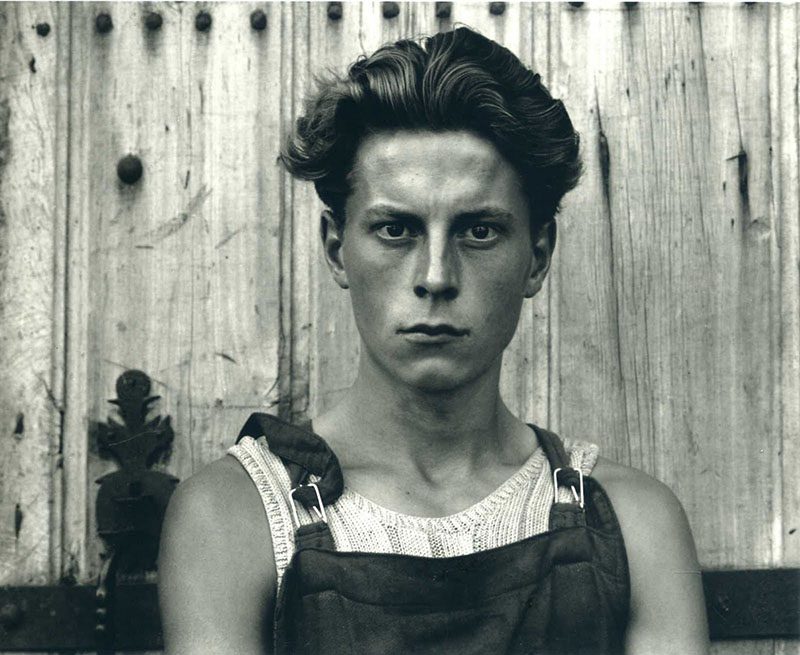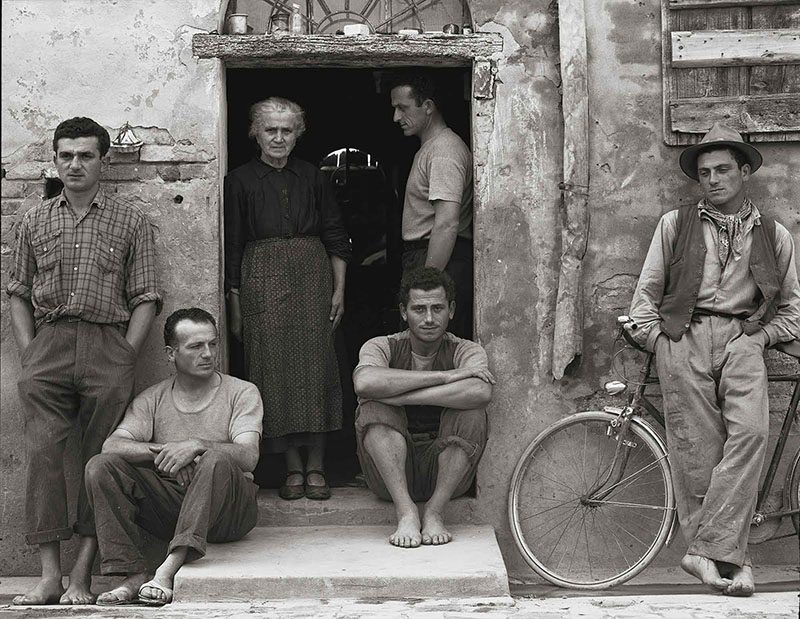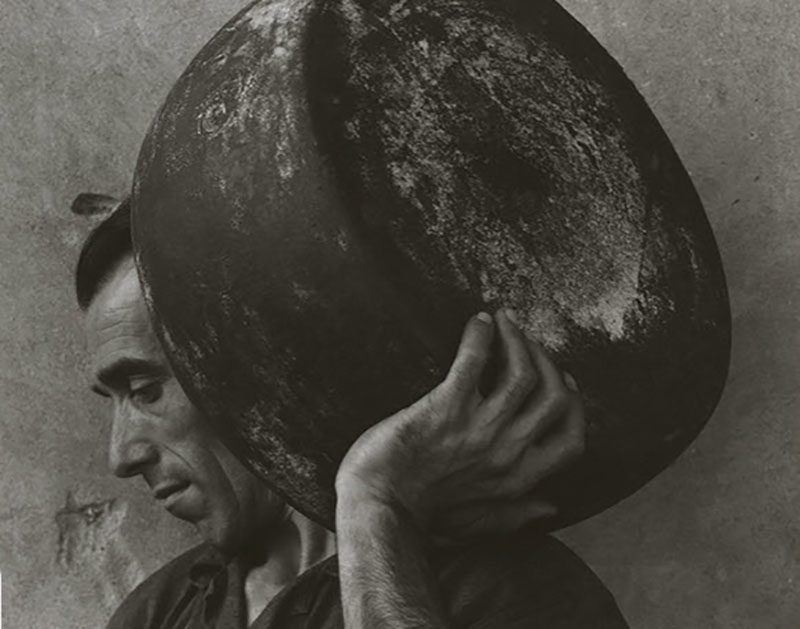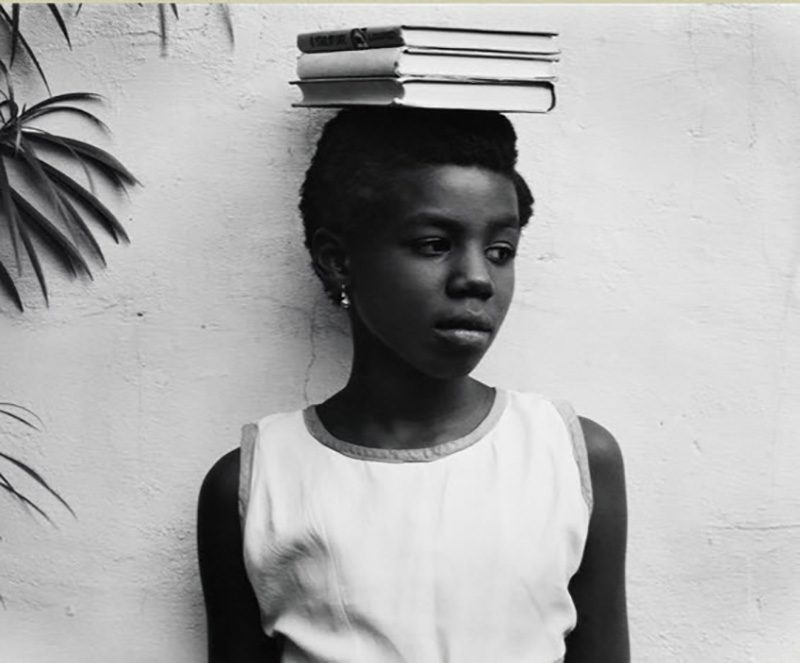PHOTO:Paul Strand
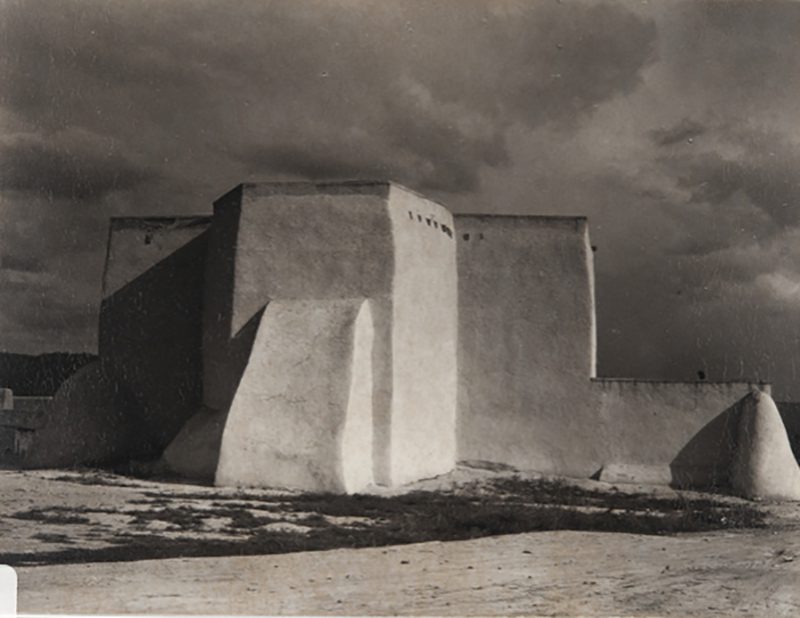 Considered one of the most important photographers of the 20th century, Paul Strand was first introduced to photography as a high school student at the Ethical Culture School in New York. Strand’s work is characterised by its pronounced social motivation and political commitment, manifested through his constant desire to portray the conflict of life. In addition, he continually sought to extract from photography its full artistic potential, looking at avant-garde artists and seeking out reference points for a photographic art that had not yet come into existence.
Considered one of the most important photographers of the 20th century, Paul Strand was first introduced to photography as a high school student at the Ethical Culture School in New York. Strand’s work is characterised by its pronounced social motivation and political commitment, manifested through his constant desire to portray the conflict of life. In addition, he continually sought to extract from photography its full artistic potential, looking at avant-garde artists and seeking out reference points for a photographic art that had not yet come into existence.
By Dimitris Lempesis
Photo: Paul Strand Archive
The retrospective at the Fundacion MAPFRE in Madrid, takes a chronological trip through the six decades that his career spanned (1910s-1960s) in a narrative that starts with the initial efforts of the artist to establish photography as a key form of independent artistic expression through to the maturity of his distinctive portraits of people and places which often took on the form of printed books. The exhibition is organized in three thematic sections “From Pictorialism to Modernity”, with Strand’s earliest works produced in the second decade of the century, which reveal his rapid mastery of the prevailing Pictorialist style. In 1915 he reassessed his experience to date, moving away from Pictorialist content and compositions in order to take photographs that capture the energy and movement of the city. Fascinated by avant-garde art, during these years Strand focused on the representation of abstraction through everyday objects, most of them photographed in rural Connecticut. He set out to discover the effect of a distinguishable object represented solely through its lines and curves, which he treated as individual elements. The second section “From Stieglitz’s circle to portratis of the community”, starts in the 1920s and is devoted to a period when Strand became fascinated by the potential of the large-format camera, its increase in clarity and greater detail allowing him to change his concept of how to capture images. With the help of his uncle and of Rebecca Salisbury, his wife at that time, Strand bought an Akeley film camera. Designed by Carl Akeley to capture the movements of animals in the wild, Strand decided to take a photographic portrait of it with the same delicacy and care that he applied to his portraits of Rebecca. In the 1920s and early 1930s Strand explored the role of the camera as a modern machine of unrivalled objectivity and capacity for detail. Among his most celebrated works of this period are the close-up shots (the head, neck and bare shoulders) of his first wife, Rebecca Salisbury, images that reveal Strand’s interest in formal compositions which he had already aimed for in his urban views. Strand worked with the painter and photographer Charles Sheeler to make what is considered the first avant-garde film, Manhatta (1921), accompanied by lines from Walt Whitman’s poems. This short “scenic documentary” aimed to explore the relationship between photography and film. In the summers of 1927 and 1928 the Strands went to the Maine coast where the artist used his 8 x 10-inch camera to produce close-up studies of nature, principally influenced by the work of John Marin. These images are intended to be contemplated meditatively in the same way that they were created, with Strand walking for hours through the woods looking for natural forms that attracted his attention. Using long exposure times of various hours with the shutter closed, he achieved images of extreme clarity and immense detail. “Images of History and Modernity” is the section for Strand’s return to photography, In the 1940s Strand returned to photography and produced extensive series that would ultimately be presented in the form of books. Attracted by the size of the cinema-going public, Strand similarly wanted his photographs to be accessible to the largest number of people. His first response was the portfolio Photographs of Mexico, which included twenty hand-printed photographs. Photogravure was a somewhat old-fashioned photomechanical process admired for its tonal richness. Strand saw it as an alternative to the expensive platinum print. Conceived as portraits, these series reveal how the past and present create a region, a people or an entire country. During his trips to the American south-west, Canada and Mexico, Strand undertook projects which focused on specific communities: studies of different peoples and their identifying cultural artefacts. He continued to focus on projects of this type for the rest of his career, with particularly notable examples in his series on New England, France, Italy, the Hebrides, Egypt, Morocco, Romania and Ghana. These series would be published as books that reached a large public.
Info: Fundacion MAPFRE, Sala Barbara De Braganza, Bárbara de Braganza 13, Madrid, Curating: Peter Barberie, Duration: 3/6-23/8/15, Days & Hours: Mon: 14:00-20:00, Tue-Sat: 10:00-20:00, Sun: 11:00-19:00, www.fundacionmapfre.org
